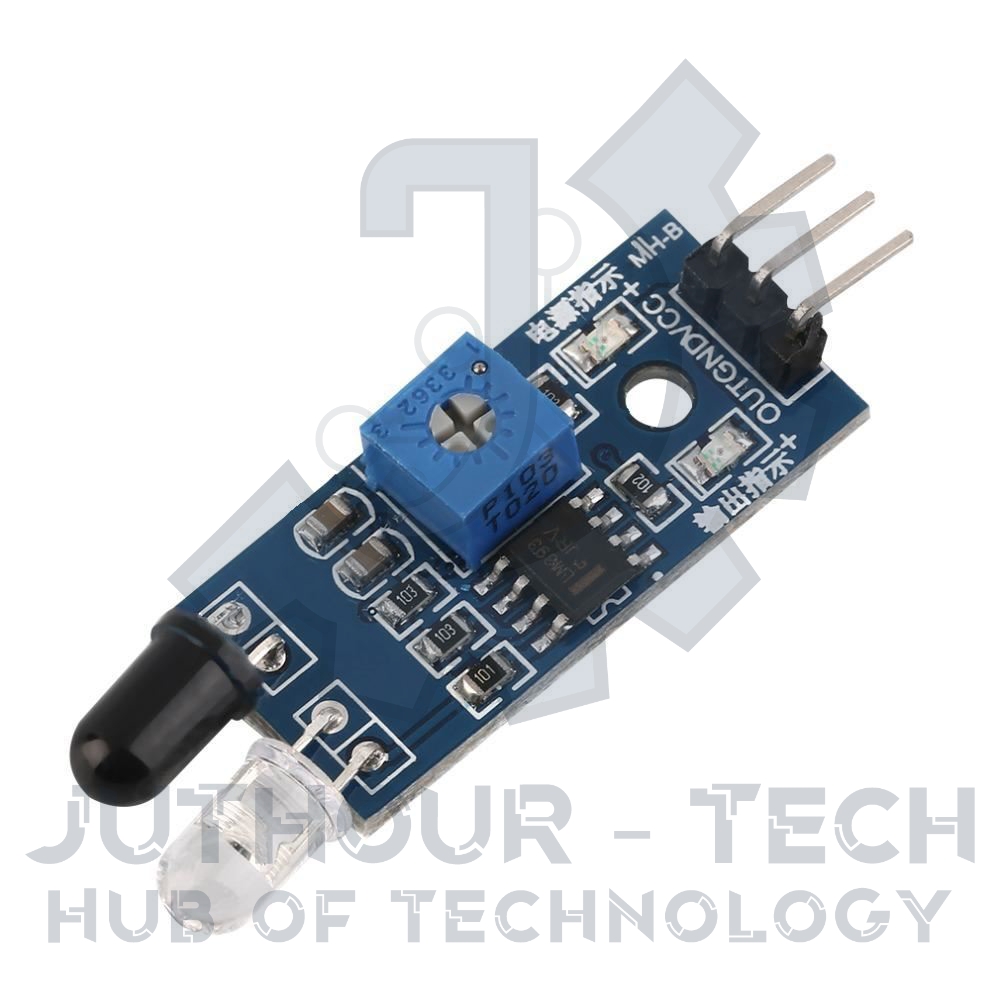

When an object comes close to the sensor, the infrared light from the LED bounces off of the object and is detected by the receiver. They have two parts: there’s a light emitting diode (LED) and a receiver. Active infrared sensorsĪctive infrared sensors emit and detect infrared radiation. There are two types of infrared sensors: active IR sensors and passive IR sensors. Anything that sends out heat - basically has a temperature above around five degrees Kelvin - gives off infrared radiation.

It is important to note that although the infrared wavelength is longer than that of visible light, it is very much on the same electromagnetic spectrum. As he calculated the temperature of each color of light (separated by a prism), Herschel observed that the temperature just beyond the red light was highest. Infrared radiation (IR) was accidentally discovered by the astronomer William Herschel in the year 1800. It is thus invisible to the human eye but can be detected as a sensation of warmth on the skin. In fact, it is said to encompass wavelengths from around 1 millimeter to around 700 nanometers (the nominal red edge of the visible spectrum). What then is infrared radiation? Infrared radiation - also known as infrared light - refers to electromagnetic radiation that has wavelengths longer than those of visible light. So what is an infrared sensor, how does it work, where is it used and what are its advantages and disadvantages? Read on to know more…Īn infrared (IR) sensor is an electronic device used to measure and detect infrared radiation in its surrounding environment.

In this blog post, we shall focus on one of them - the infrared sensor. What is an infrared sensor? In a previous blog post ( ), we briefly looked at the different types of sensors.


 0 kommentar(er)
0 kommentar(er)
